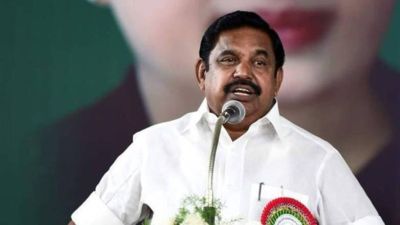Mughal-era coins, helmet that doubled as cooking vessel during emperor’s exile: What’s inside Humayun’s Tomb museum
Situated between Sunder Nursery and Humayun's Tomb in Nizamuddin, the museum will be inaugurated on July 29
 Glimpses of the museum; (right) A visitor clicks a photograph. (Express Photo by Amit Mehra)
Glimpses of the museum; (right) A visitor clicks a photograph. (Express Photo by Amit Mehra)Did you know that Humayun travelled three times more than Marco Polo, the famed explorer, covering 34,000 kilometers in his life? Or that he was so obsessed with astronomy and astrology that he wore a specific colour each day of the week to align with the planet of the day? Or that he was so fond of books that he used to carry his libraries on camelbacks during his travels?
Such fascinating nuggets about the life of the second Mughal Emperor and more will be highlighted as the long-awaited Humayun’s Tomb World Heritage Site Museum, situated between Sunder Nursery and Humayun’s Tomb in Nizamuddin, will be inaugurated on July 29.
“For every world heritage site, UNESCO recommends a center for historical and cultural knowledge. Visitors quickly realise that this is not just a tomb and often end up visiting all the heritage sites in the area. The idea is to promote tourism and help people understand this place and its history better,” explained Ratish Nanda, the project director for the museum.
The museum, managed by the Archaeological Survey of India (ASI), is part of a larger conservation effort encompassing the 300-acre Humayun’s Tomb-Sunder Nursery-Nizamuddin Basti area of Delhi.
Upon entering the museum, visitors are greeted with a 40-feet-wide 3D illustration and architectural models highlighting World Heritage monuments along the Yamuna River.
At the entrance, a wall features a map detailing Delhi’s 2,500-year history, illustrating its seven ancient cities.
Designed like a baoli (stepwell), the museum building is set underground. It includes a 100-seat auditorium, temporary galleries, cafés, meeting rooms, and a library. “When curating objects for a museum, we look for a narrative. We have been very specific in selecting pieces to build this story,” Nanda explained during a tour of the museum.
Among the most interesting artefacts that narrate Humayun’s story is a pear-shaped water vessel of Jauhar Aftabchi, who later wrote one of the emperor’s three biographies. A helmet in which Humayun cooked horse meat while facing food shortage during his travel to Persia also finds a place here.
The principal gallery, named ‘Where the Emperor Rests’, focuses on the architecture of Humayun’s Mausoleum and the personality of the emperor. The exhibits convey stories of his travels, administration, interest in reading, astrology, the arts, and his patronage of architecture. Another gallery, called the ‘Icons of a Sacred Landscape’, highlights four cultural figures associated with the Nizamuddin area from 14th century: Sufi Saint Hazrat Nizamuddin Auliya, his disciple and poet Amir Khusrau Dehalvi, Rahim (a commander-in-chief of Akbar’s army and poet), and Dara Shukoh (known for translating the Upanishads into Persian).
The artefacts displayed in the museum are on loan from the National Museum for 10 years.
The museum also features artefacts from other Mughal rulers. Among the exhibits are coins from the reigns of 18 Mughal-era kings and the throne of Bahadur Shah Zafar, the last Mughal emperor. “Coins from Akbar’s era have ‘Allah’ on one side and ‘Ram’ on the other.
Coins from Jahangir’s era were the most expensive, and those minted by Bahadur Shah Zafar are the hardest to find,” Nanda said, pointing to the display.







